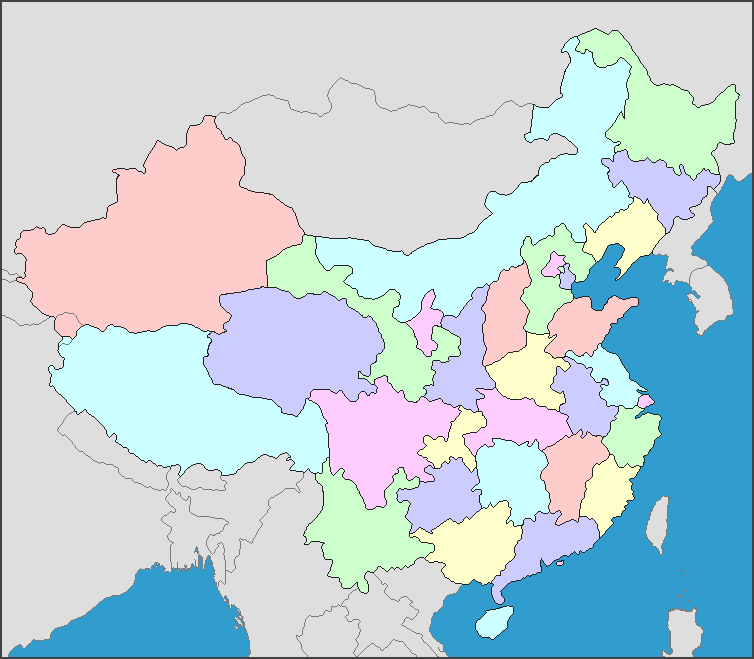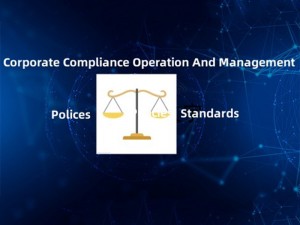Introduction of Chinese Pilot Free Trade Zones
China has now established 22 free trade zones (FTZs). China free trade zones have played a significant role in bringing the business landscape of China up to the mark. Free trade zones (FTZs) are special economic zones where businesses are allowed to import, export, and manufacture their goods without intervention from any Customs Authority. Over the last few years, the Chinese government has focused on the development of these economic zones. Currently, there are a total of 11 Free Trade Zones in China. FTZs present great investment opportunities for foreigners due to the implementation of pro-business regulations.
Directory of Chinese Pilot Free Trade Zones

| 1. China (Shanghai) Pilot Free Trade Zone | Shanghai |
| 2. China (Shanghai) Pilot Free Trade Zone Lin-gang Special Area | Shanghai |
| 3. China (Guangdong) Pilot Free Trade Zone | Guangdong |
| 4. China (Tianjin) Pilot Free Trade Zone | Tianjin |
| 5. China (Fujian) Pilot Free Trade Zone | Fujian |
| 6. China (Liaoning) Pilot Free Trade Zone | Liaoning |
| 7. China (Zhejiang) Pilot Free Trade Zone | Zhejiang |
| 8. China (Henan) Pilot Free Trade Zone | Henan |
| 9. China (Hubei) Pilot Free Trade Zone | Hubei |
| 10. China (Chongqing) Pilot Free Trade Zone | Chongqing |
| 11. China (Sichuan) Pilot Free Trade Zone | Sichuan |
| 12. China (Shaanxi) Pilot Free Trade Zone | Shaanxi |
| 13. China (Hainan) Pilot Free Trade Zone (Hainan Free Trade Port) | Hainan |
| 14. China (Shandong) Pilot Free Trade Zone | Shandong |
| 15. China (Jiangsu) Pilot Free Trade Zone | Jiangsu |
| 16. China (Guangxi) Pilot Free Trade Zone | Guangxi |
| 17. China (Hebei) Pilot Free Trade Zone | Hebei |
| 18. China (Yunnan) Pilot Free Trade Zone | Yunnan |
| 19. China (Heilongjiang) Pilot Free Trade Zone | Heilongjiang |
| 20. China (Beijing) Pilot Free Trade Zone | Beijing |
| 21. China (Anhui) Pilot Free Trade Zone | Anhui |
| 22. China (Hunan) Pilot Free Trade Zone | Hunan |
Benefits of an FTZ:
● Reduced merchandise processing fees (MPFs)
● Streamlined logistics
● More precise inventory and cost control
● More efficient supply chain operations
● No duties on waste, scrap, or defective parts
● Faster speed-to-market
● No time limit on storage
● Lower insurance premiums
● Better security
● Supply chain integration





